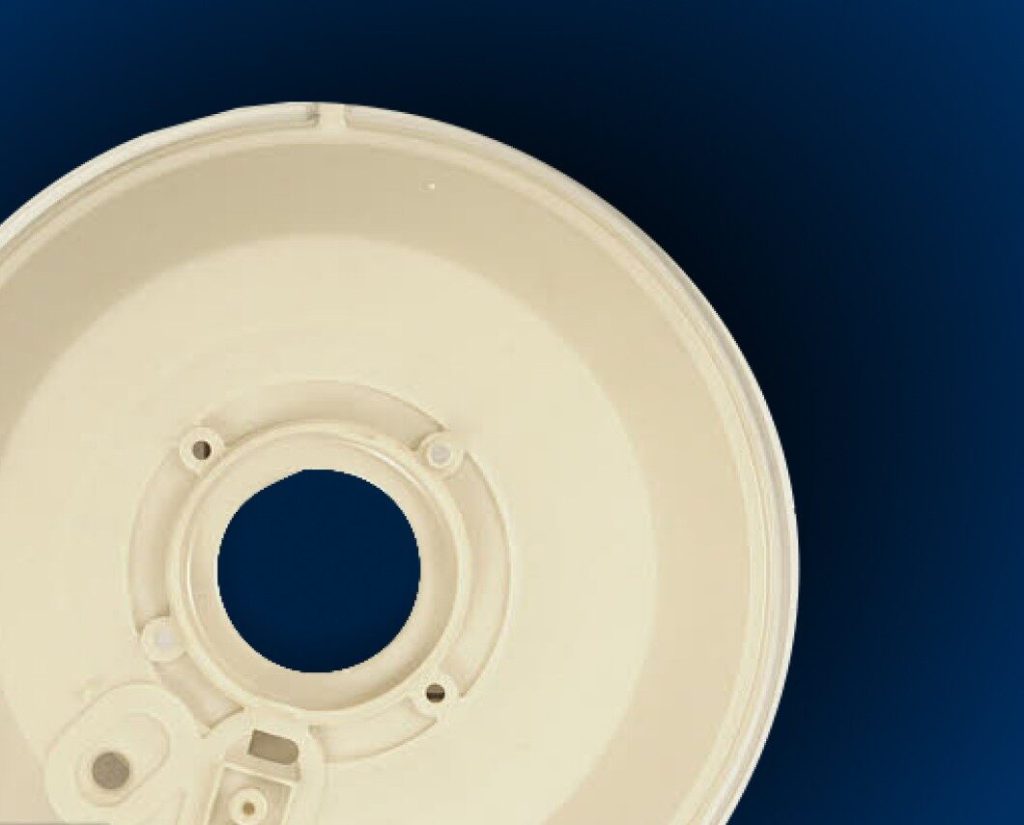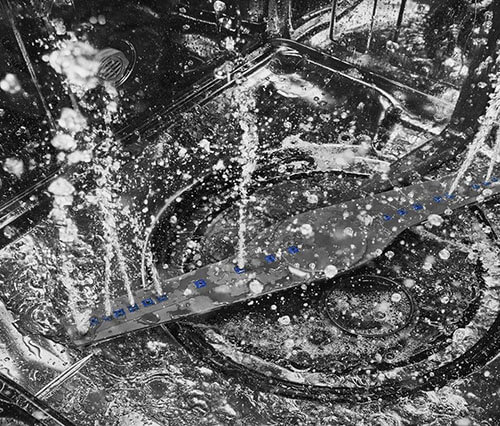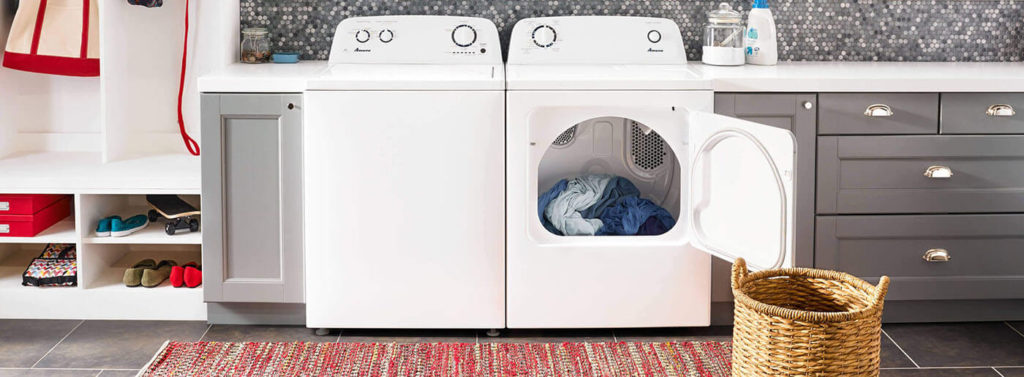Table of Contents
Start with the Filter
Step 1: Remove It


Step 2: Rinse and Replace It
Step 3: Look for Other Culprits

Steps to Check Drain Hose
In either case, it’s better to leave it to the master technicians at The Appliance Pros, who can troubleshoot and repair any dishwasher appliances from our family of brands, which includes Whirlpool, Maytag, KitchenAid, JennAir, Amana and Inglis.
Check the Check Valve
Normally, you will be able to move the valve bracket with ease. But if it’s stuck, this means the solenoid is probably burnt and the drain valve won’t let water through in either direction. This often happens if your dishwasher is a number of years old and has never been serviced.
Depending on your electrical skills and comfort level, you can order a new solenoid and replace it or call an appliance service technician.
It’s Better to Prevent
This can not only prevent clogged dishwasher issues but also help make your dishwasher perform at its best and last longer.







2 Responses
This is very helpful. How often should we clean the filter?
Hello Manish, cleaning your dishwasher’s filter can vary depending on how you use the dishwasher itself. If you hand wash your dishes first, it’s enough to clean the dishwasher filter once a year. If you only scrape the dishes before loading and you run 1-7 loads per week, then cleaning the filter twice a year is advised. But if you operate 8-14 loads a week, clean the filter every three months. Scrapping and rinsing beforehand, cleaning the filter once a year is sufficient for 1-7 loads of dishes per week. For 8-14 loads per week, twice a year is advised. If you don’t scrap or rinse and run 1-3 loads per week, you’ll have to clean the filter every two months or so. For 4-7 loads, clean the filter once per month. For 8-12 loads, clean the filter every other week. Finally, for 13-14 loads, cleaning once a week is recommended. I hope this helps! For more information, please check out our post How to Clean a Dishwasher Filter Have a great day! – Whirlpool Customer Care Team
Comments are closed.